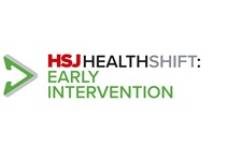Cynthia Bower interview: replacing the 'light touch' with a firm grip

Amid heavy political pressure, the Care Quality Commission is preparing to replace its “light touch” style with annual inspections of every provider. So is its chief executive ready to do battle? Cynthia Bower talks to HSJ’s Charlotte Santry.
Register with hsj.co.uk to read the rest of this article

Critical stories remain free for registered users
Certain articles and Insight pieces remain paying-subscriber only content
As a registered user you will get access to:
- Daily News: an essential email round-up of all the latest news, comment and best practice
- Breaking news headlines delivered directly to your inbox
- Limited access to hsj.co.uk
Already registered to HSJ? Sign in now




















